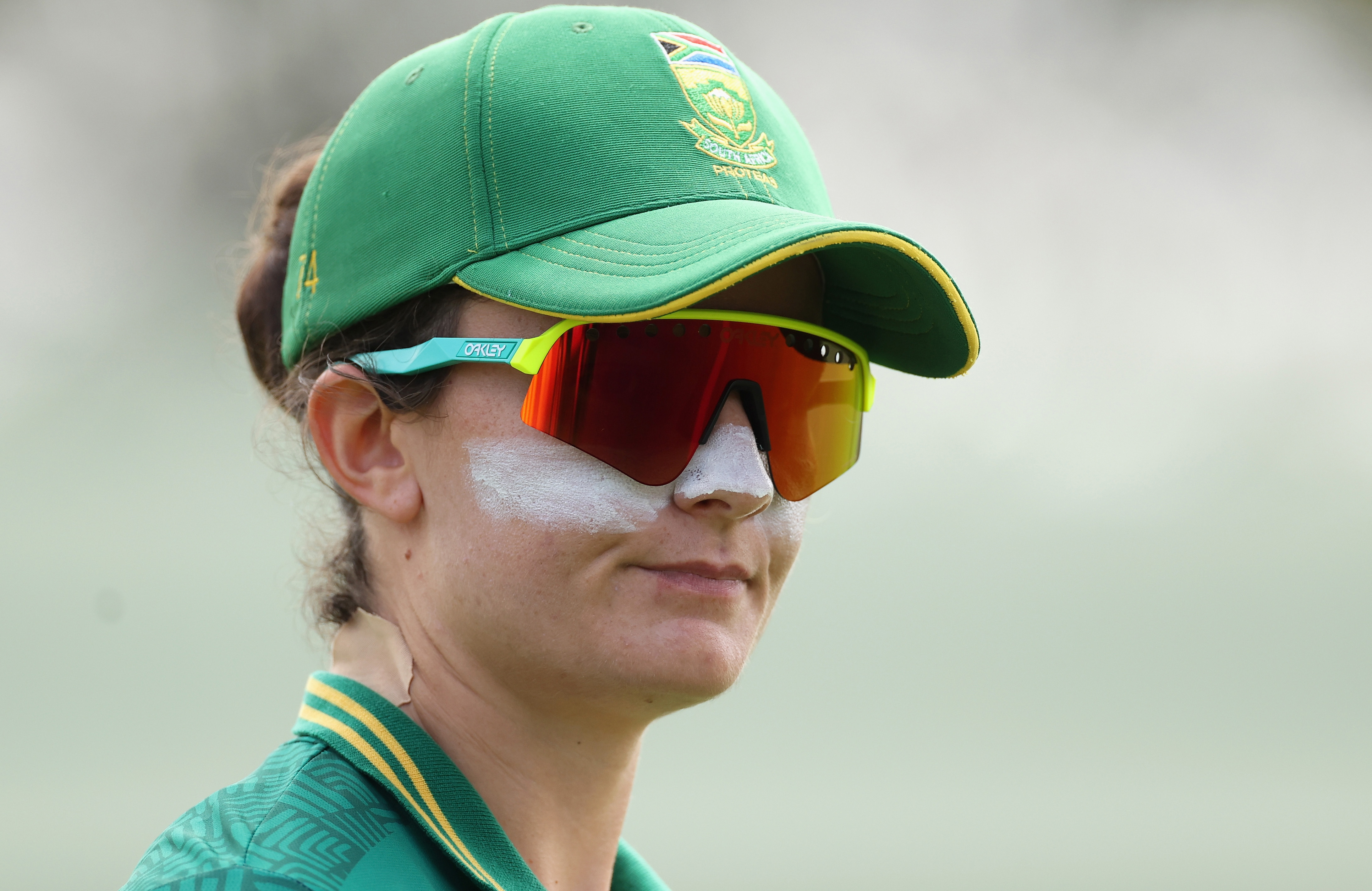The Proteas Women lost to India by 10 wickets in their one-off Test match at the MA Chidambaram Stadium in Chennai.
It was a challenging match for South Africa, as India scored 525 for four on the first day of the Test match on Friday, set up by a superb Shafali Verma double-century.
India declared on 603 for six on day two — the highest-ever score in a women’s Test match.
They bowled South Africa out for 266 and Indian skipper Harmanpreet Kaur enforced the follow-on.
Despite a lot more application from the South African batters on the flat Chennai track in the second innings, they were bowled out for 373 after tea on day four.
India knocked off the 37 runs required for victory in under 10 overs.
“To lose is disappointing but the character the group has shown over the last two days was absolutely amazing to see,” said South African skipper Laura Wolvaardt.
“To concede 500 and something runs on day one, I don’t think many people thought it would get to the last session on day four.
“The absolute grit and determination that every single batter had going out there to see it out to the end was amazing. It will do a lot of good things for this group.”
Fighting knocks
Suné Luus, who has had a barren run of form with the bat over the last few months, was the top aggregate run scorer for the Proteas after notching up a gritty 65 in the first innings and a fluent 109 in the second.
The ever-reliable Marizanne Kapp (74) also scored a first-innings half-century while Nadine de Klerk (61) faced a mammoth 185 balls for her maiden Test half-century in the second innings.
Wolvaardt, ably supported by Luus at the other end, scored her first Test century on the morning of day four before being trapped LBW by slow left-armer Rajeshwari Gayakwad for 122.
Wolvaardt became the third-ever player to reach a century in every format, following England duo Tammy Beaumont and Heather Knight.
The talented 25-year-old achieved the feat in one year, the first woman to do so. She hit two unbeaten ODI centuries against Sri Lanka in April after scoring her maiden T20I century against the same opposition in March in Benoni.
“To do it all within the same year, so far, has been awesome,” said Wolvaardt.
“I’m hitting the ball quite nicely at the moment and I’m glad I’m able to capitalise on that. Something I’ve been wanting to do is be that versatile player that’s able to score in all formats.
“Test cricket is maybe more naturally suited to my game so to get that T20I century earlier this year was a special one.”
A learning curve
Even though Wolvaardt acknowledges that Test cricket is the most suited to her “textbook” way of batting, the transition to red-ball cricket has not been smooth sailing.
Wolvaardt had never made more than 20 runs in her five previous Test innings.
What was different this time around?
“This [innings] I was just looking to bat for as long as I could,” she said.
“In my previous Test match [innings] I was probably just too eager to score — too used to white-ball stuff and playing at balls I shouldn’t, pushing at balls outside of my off-stump that I should have been leaving.
“In this innings, scoring runs wasn’t the goal at all. It was more just about batting time and surviving out there and taking it as deep as we could.
“I’m guessing that should probably be my mindset for other Tests, moving forward, because that worked a bit better.”
Unfortunately, Women’s Test matches are far and few between. South Africa’s next red-ball encounter is against England in December at the Mangaung Oval in Bloemfontein. DM




 Proteas skipper Laura Wolvaardt. (Photo: Cameron Spencer / Getty Images)
Proteas skipper Laura Wolvaardt. (Photo: Cameron Spencer / Getty Images)